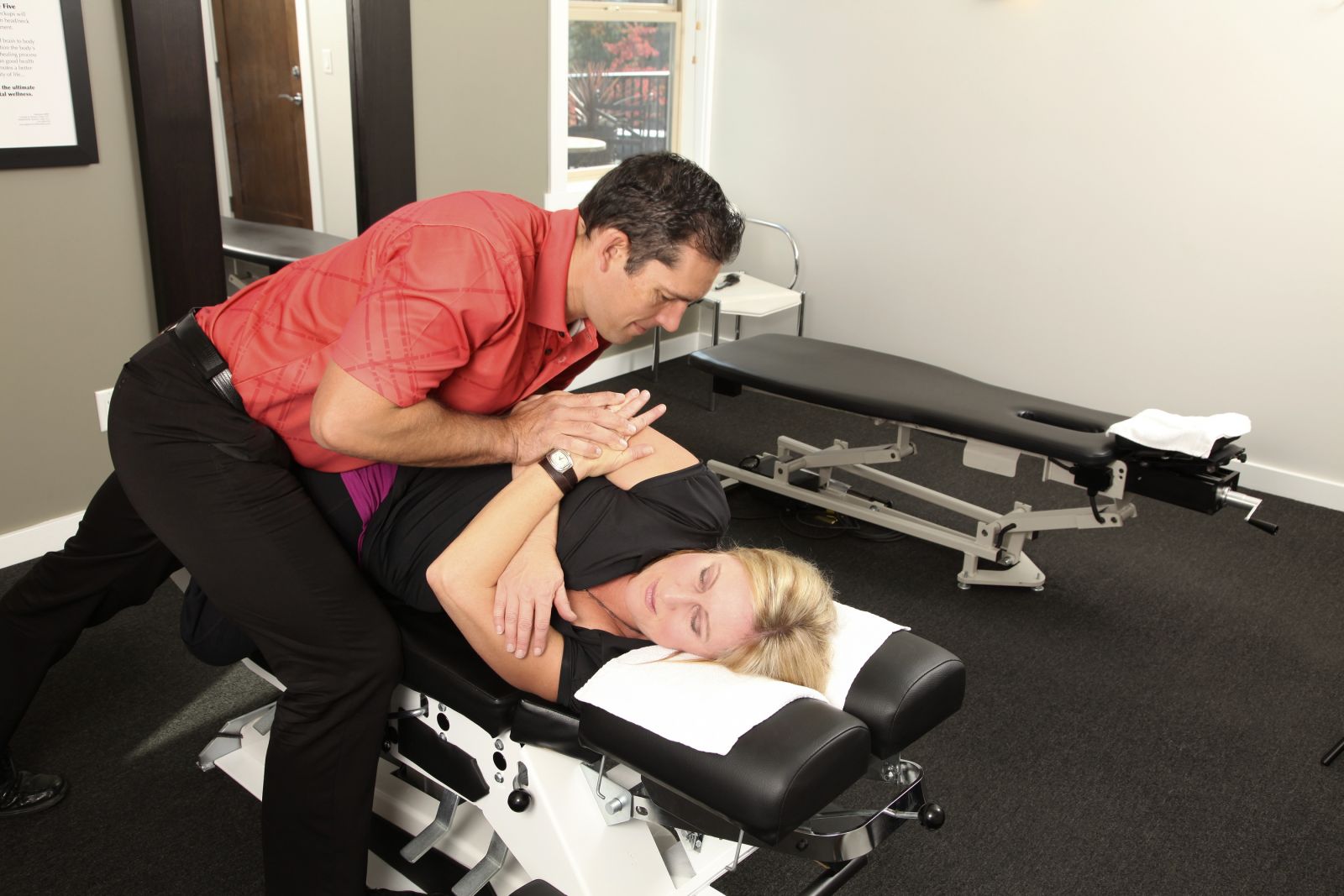Sculpting a high, tight rear is a precise science. Our pro translates the most compelling research into 8 streamlined moves.
The backside has always been a statement piece, treasured by the ancient Dogos people in Mali, Renaissance painters, and rappers alike. And though consistently considered a key asset of the female — and at times male (Details magazine deemed the ass, the new abs in 2011) — physique, its desired proportions have shifted throughout history. Unfortunately, the elusive, sculpted posterior of 2013 takes work, but fortunately our experts have discovered the precise formula that delivers the tight, lifted, perfectly carved posterior of which international uproars are made.
Our equation starts with the five moves scientifically proven (by studies from the University of North Carolina at Chapel Hill and the University of Wisconsin, La Crosse) to target the glutes most effectively: lunges, single-leg squats, hip extensions, step-ups and side leg lifts. We then added a little complexity and dimension to each move by incorporating the principles of mobility and stability characteristic of all Equinox programming. Finally, we applied the trusted NASM training philosophy that mandates a combination of strength and power-based exercises. Together, it’s a plan that just screams results.
“I wanted to build on the classic moves from the research, so each exercise in our workout is rooted in the biomechanical principles that make it effective,” says Lisa Wheeler, senior national creative manager for group fitness at Equinox who developed the program. “I just turned up the intensity a few notches by creating four pairs of one controlled, purely strength-based move with a more dynamic, power-based exercise, which is a much more efficient way to train.”
Watch Wheeler’s workout in the video above, modeled by LA-based group fitness and Pilates instructor Christine Bullock at the rooftop pool at The London Hotel in West Hollywood. Then, click through the slide show below for step-by-step instructions. Your circuit: Do 10-12 reps of each strength move, and 45 seconds of each power move resting for 30 seconds between each pair. Repeat 3 times.
Bring the moves with you. Download pdf instructions.
For original article please visit: http://furthermore.equinox.com/articles/2013/02/butt-workout?emmcid=emm-newsletter&utm_source=newsletter&utm_medium=email-member&utm_campaign=0411&cid=-Furthermore0411_v014112016






















 While the mainstay of chiropractic is spinal manipulation, chiropractic care now includes a wide variety of other treatments, including manual or manipulative therapies, postural and exercise education, ergonomic training (how to walk, sit, and stand to limit back strain), nutritional consultation, and even ultrasound and laser therapies. In addition, chiropractors today often work in conjunction with primary care doctors, pain experts, and surgeons to treat patients with pain.
While the mainstay of chiropractic is spinal manipulation, chiropractic care now includes a wide variety of other treatments, including manual or manipulative therapies, postural and exercise education, ergonomic training (how to walk, sit, and stand to limit back strain), nutritional consultation, and even ultrasound and laser therapies. In addition, chiropractors today often work in conjunction with primary care doctors, pain experts, and surgeons to treat patients with pain.

